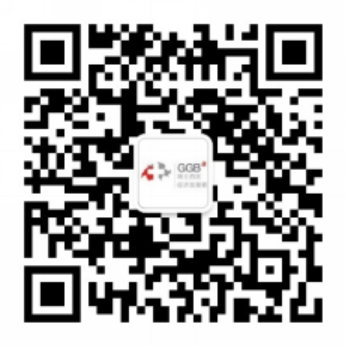Researchers at the University of Bern and the Bern University Hospital have developed a new test that simplifies and improves the accuracy of allergy diagnosis.
Food allergy is a growing global health problem, affecting up to 10% of the population in some countries, mainly children. Peanut allergy in particular can cause severe and potentially life-threatening reactions. Traditionally, the oral food challenge test, in which patients consume small amounts of the allergen under medical supervision, has been the gold standard for diagnosis. However, this method is risky and time-consuming, and other tests, such as skin prick or blood tests, often lead to misdiagnosis or unnecessary food avoidance.
In response to these challenges, a team of researchers led by Prof. Dr. Alexander Eggel of the University of Bern, developed the Hoxb8 Mast Cell Activation Test (Hoxb8 MAT) in 2022. This test mimics the allergic reaction in the laboratory, providing a safer and more accurate alternative. It works by sensitizing lab-grown mast cells with serum from allergic patients and then stimulating the cells with allergens to measure the allergic response.
A clinical study involving 112 children and adolescents with confirmed peanut allergy showed that the Hoxb8 MAT test achieved a diagnostic accuracy of 95%, outperforming traditional methods such as allergen-specific IgE blood tests and skin tests. The new test also results in fewer false negatives and provides a clearer picture of a patient’s allergic reaction without the need for direct exposure to the allergen.
The researchers have patented the technology and are working with the spin-off company ATANIS Biotech AG to certify the test for global use. The test is expected to have broader applications for other allergies, potentially revolutionizing allergy diagnostics and improving the quality of life for millions of patients worldwide.




